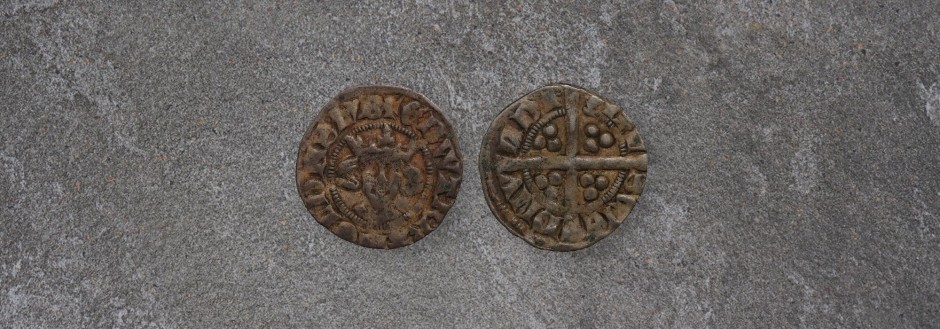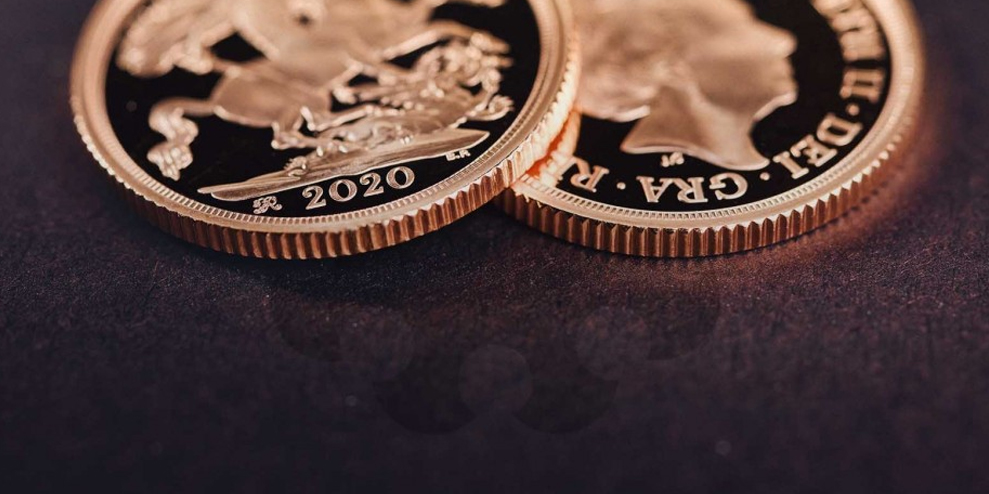Cash out? How The Royal Mint plans to stay in mint for another 1,100 years
The Royal Mint is olde. It’s so old in fact, that it predates England itself as it traces back to 886AD, when Alfred the Great first issued silver pennies bearing his portrait – right after he’d finished fending off the Vikings to reclaim Londinium (London).
The sixth oldest brand and the largest minting facility in the world now makes more than 3.3 billion coins and blanks a year, exporting to 60 markets which make up 70% of its total sales.
“A lot of people think they know The Royal Mint, but they don’t actually know the extent of our offering,“ explains Jonathan McGregor, who joined as chief marketing officer back in October 2018. Boasting stints at Expedia, John Lewis and RAC, he was brought on to lend his expertise in strategic marketing and the implementing of a digital strategy to rebrand the Anglo Saxon institution for a modern audience. “We want to remain relevant for the next 1,100 years,“ he insists.

As many markets transition towards cash-free societies, governments across the globe have been contemplating taking coins out of circulation, led by campaigns to draw down the production of new coins around the globe. The Royal Mint admitted earlier this year that a surfeit of coins meant it wouldn’t be making any more £2 or 2p coins for the next decade.
“The way people spend money is changing, and that presents both a challenge and an opportunity,” admits McGregor. “It‘s a double-edged sword. On the one hand, currency usage is genuinely declining globally, but from research we‘ve conducted, we know people are looking for products that have history and provenance around them, which plays well into the market we operate in.“
“Tapping into the history and making it contemporary is actually a unique opportunity,“ McGregor insists. “If you’ve got a brand or business that‘s been around, 50, 100 or even 200 years, you‘ve got a lot of history that you can connect with – you should never look to ditch that. But at the same time, you do have to be bold and brave on how you reposition that. Tap into that history connection and make it relevant, as you‘ve got to work out your relevancy for the future.“
Hoping to trigger people’s reasons to come to the brand, the rebrand is centred on ‘collecting, investing, and celebrating‘to ensure the Royal Mint is at the front of people’s minds when they come to do all three.

In reaction to the declining use of coins, part of the revamp has seen The Royal Mint diversify its offerings by expanding into gifting, precious metal and bullion investment and historic coins, which McGregor says is a key part of its strategy going forward.
Beyond widening its offering, it is also looking to widen its fan base. “Traditionally, The Royal Mint has a very mature base, so part of the brand acquisition strategy has been to connect with new generations,“ McGregor explains. Coining it ‘connected generations‘ he spells out how The Royal Mint sees the potential of young collectables, brought in by their parents or grandparents. “Our research showed that there is a strong face of older generations buying into the emotional and storytelling that goes behind our products, as something to pass on to their children and grandchildren.“

The rebrand has seen The Royal Mint completely rebuild its website, which was launched back in September. As part of the relaunch, it brought out an integrated campaign which McGregor says has already seen some positive indicators over the seven weeks it has been running.
Since that point it has implemented a monthly brand tracker that measures brand awareness, brand trust, brand sentiment and brand relevance, which has picked up on how customers are interacting with its new website. He says there has also been significant growth in international traffic, with an increase in consumers buying directly for the first time as well as massive growth in bullion investment from customers across the globe. While early indicators appear positive, he admits that “brand work is a three to five-year investment before we significantly see changes in people’s perceptions.“
While its impossible to say whether The Royal Mint will indeed be around for another 1,100 years, the way it‘s going, it will be unrecognisable to the brand Alfred the Great established.
This article first appeared in www.thedrum.com


